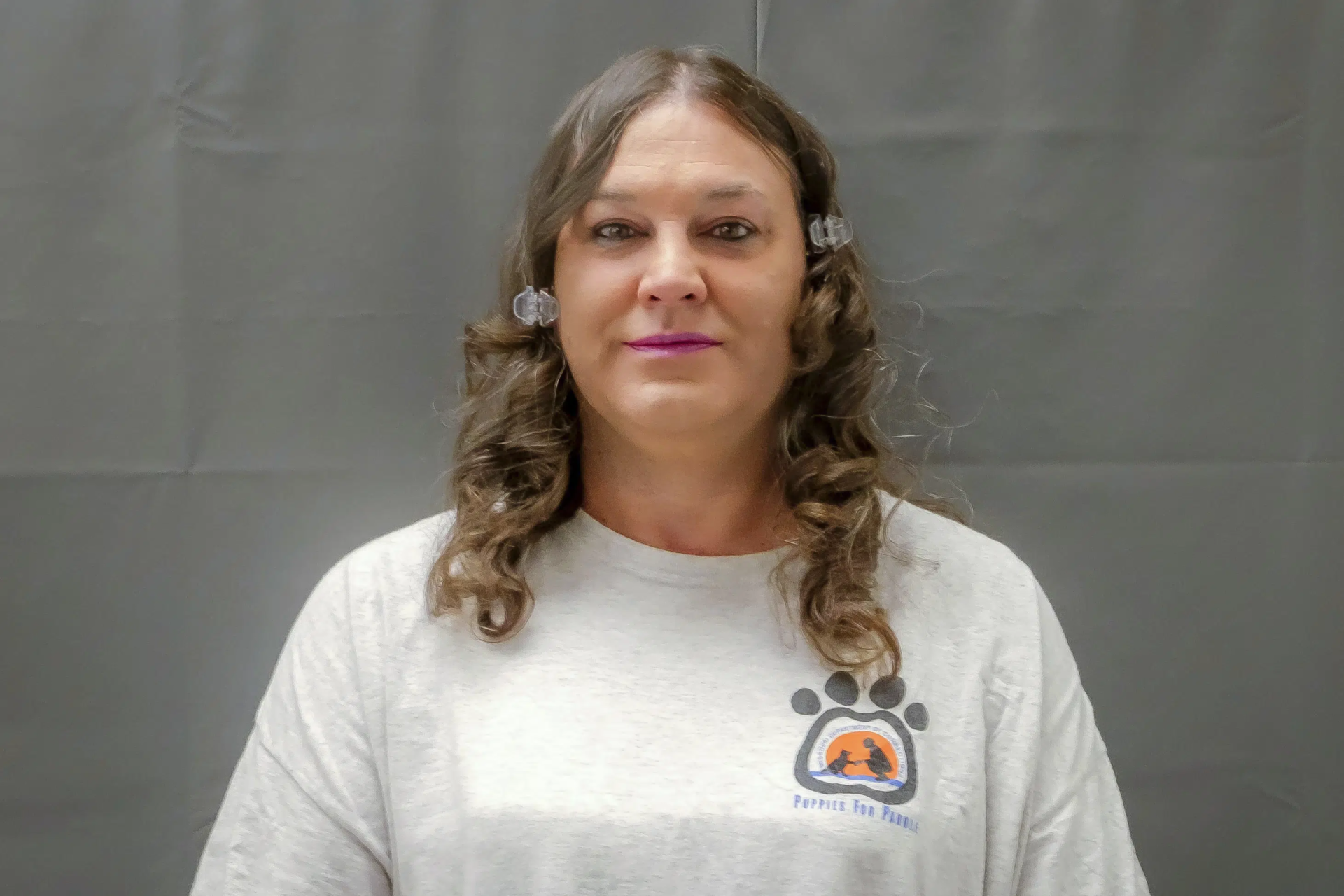Roku knows streaming, and by extension, Roku (ROKU) – Get Free Report knows TVs. In fact, according to Roku, roughly one-third of all TVs sold in the US are running Roku OS–the company’s operating system designed and built for televisions. Currently, Roku has 15 hardware partners such as HiSense or TCL who takes one of Roku’s reference designs, customizes it, and releases it with Roku’s streaming operating system built in. Effectively, Roku has been designing TVs and working alongside manufacturers to produce televisions for years. But it’s all been behind the scenes.
And now the time has come for Roku to start selling its own televisions alongside its partners. Soon, you’ll see Roku-branded TVs on store shelves.
The Arena Media Brands, LLC and respective content providers may receive compensation for some links to products and services on this website.
Roku recently invited journalists to its headquarters in San Jose, Calif., to get a first look at what the company has planned for 2023. We attended a talk by Roku CEO Anthony Wood and visited several different demonstrations, ranging from hardware and software design to testing and calibration that each Roku TV goes through. It was a fascinating look behind the curtain–a first for Roku.
There are two different lines of Roku TVs–Roku Select and Roku Plus, with a total of 11 different models, ranging in size from 24 inches to 75 inches.
The Roku Plus series is made up of 55-, 65- and 75-inch sizes, all of which offer 4K picture quality. The Plus models also come with Roku’s Voice Remote Pro.
The Select Series offers an HD experience with different sizes spanning 24 to 55 inches.
Both lineups will work with Roku’s Find My Remote feature, allowing you to trigger an alert on your Roku remote so you can easily find it. Private Listening is also built into both TV lines so you can listen to whatever you’re watching without disturbing those around you. A handy feature for binging a new show long after everyone has gone to bed.
Roku is keeping exact pricing and release date to itself for now. The price range for all Roku branded TVs is $119 to $999. Presumably, the 24-inch Select Series will be at the $119 price point, while the 75-inch Plus Series will be at the $999 price point. For comparison’s sake, TCL’s 75-inch Roku TV boasts a QLED picture with support for Dolby Vision and Atmos costs $845, but is discounted to $799.99.
As for a vague launch time frame, Roku has said its TVs will launch in the spring. So, in theory, we’re just a few months away. We’ll also have to wait until closer to launch for more detailed specifications as Roku isn’t ready to fully announce that yet either.
Roku’s CES 2023 announcements include more than two TV lines. There’s a new Roku OLED reference design that Roku’s hardware partners now have access to, which means it won’t be long until we see Roku OS-powered OLED TVs. I did see the OLED design in action and can confirm the picture quality, at least inside a controlled environment, looked fantastic. I can’t wait to see what TCL or Hisense does with it.
More importantly, I can’t wait to see the price of an OLED with a Roku interface. Currently, these types of television deliver epic visuals, but the price is normally pretty steep. LG, Samsung, and Sony all play in the space.
Samsung’s 2022 S95B OLED comes in 55-inch ($1,599.99, originally $2,099.99) and 65-inch ($1,999.99, originally $2,799.99) sizes. Both feature an OLED panel with Quantum Dots for an even more vibrant picture that is fully self-lit from the pixels themselves.
Finally, Roku is adding a wireless soundbar to its speaker lineup. There’s no word about pricing or release date for the soundbar, but I assume we’ll see it released alongside the TVs this spring. Roku’s current line up includes the Streambar and Streambar Pro, both of which double as a streaming box and a sound bar and use an HDMI connection to your TV.
The wireless soundbar will join the Wireless Bass subwoofer, Wireless Bass Pro, and Wireless Speakers to round out Roku’s audio product offerings–giving users a completely wireless experience, if they want.
Roku launching its own TV lineup only makes sense. The company was already doing most of the work to create its own TV, but leaving the final leg–manufacturing–to its hardware partners. By building its own TVs, Roku can now implement and test new features on its own schedule instead of relying on its partners to integrate it.
It’ll be interesting to see the final specifications and pricing as we get closer to launch. That will tell us a lot about how competitive Roku plans on being with its own TV lineup.
Still though, Roku will still be the featured smart interface on TVs made by manufacturers like TCL or Hisense. And you can add the Roku experience to any TV in the form of a streaming stick or box.
Roku Express ($29.99 at Amazon)
The entry-level streamer in Roku’s lineup is the Express. It’s a tiny streaming box that plugs into power and then a TV via HDMI. It comes with the classic remote and gives you instant access to nearly all the major streaming services.
If you need content being streamed at up to a 4K resolution, that’s where the Express 4K+ ($29.99, originally $39.99 at Amazon) comes in. It’s a streamer capable of hitting those resolutions along with supporting HDR, and comes with a voice remote. This way you can ask for content from a specific streaming service.
Roku Streaming Stick 4K ($36.47, originally $49.99 at Amazon)
Roku’s Streaming Stick looks like a large USB thumb drive, but it plugs into your TVs HDMI port. Once you connect it to power using the included USB cable (that also improves Wi-Fi reception), you can stream 4K content with support for HDR and Dolby Vision if your TV supports it.
Included with the $50 Streaming Stick 4K is Roku’s Voice Remote that you can use to search for shows or movies. Like the rest of Roku’s lineup, the Streaming Stick 4K supports all major smart home platforms, meaning you can control your Roku device from Google Home, Alexa or even using Siri through Apple’s HokeKit platform.
The Streaming Stick 4K is a solid choice for someone who doesn’t want to spend a lot on a streaming device but wants to take advantage of what their 4K TV offers.
Roku Ultra ($83.32, originally $99.99 at Amazon)
The Roku Ultra is the company’s best streaming device. It supports 4K content with Dolby Vision, Dolby Atmos and HDR10+ in tow. In addition to dual-band Wi-Fi, you’re also getting an Ethernet port for faster network connectivity.
Each Ultra includes Roku’s Voice Remote Pro, which can be recharged via a USB-C port. You can even use the built-in remote finder tool to locate it when you inevitably lose it in the couch cushions.
The Roku Ultra is for those who want the best Roku has to offer, and at $99 you’re still not spending a ton to get it.
Prices are accurate and items are in stock at the time of publishing.



















